Remembering those who served
Schools
Madison Gurney-White gained a greater understanding of her great grandfather’s life on the far west coast of South Australia and his service in World War II when she undertook research for an award-winning digital biography.
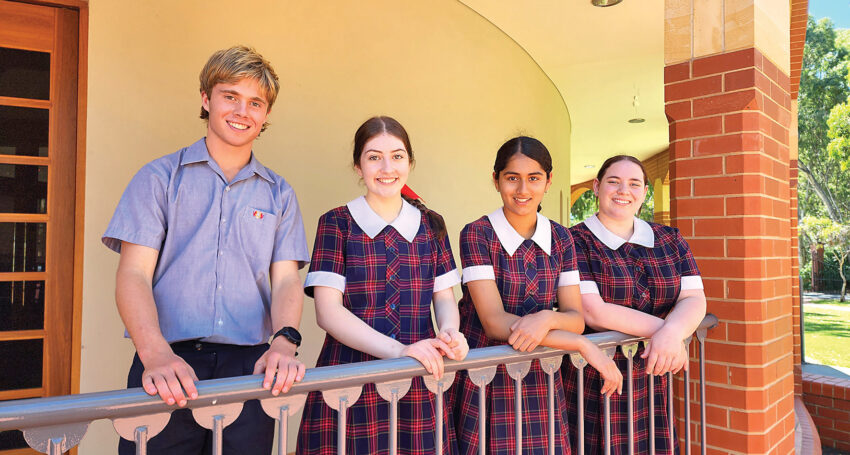
As Australians prepare to celebrate ANZAC Day on April 25, the Virtual War Memorial Australia (VWMA) is this month recognising South Australian students who in 2022 made ‘exceptionally high contributions’ to individual tribute profiles published on its site.
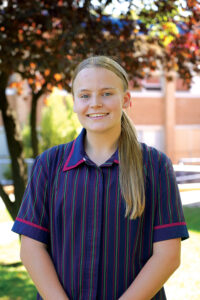
Madison Gurney-White
The VWMA Excellence Awards give Year 9 and 10 students the opportunity to research and learn more about people who served the nation in times of war, armed conflict and peacekeeping operations – both the fallen and those who returned from service and contributed to building the nation.
Six students from Catholic schools are among those who will be presented awards at the ceremony on April 4. They include Madison from Our Lady of the Sacred Heart College; Mikayla Virgara, St Francis de Sales College; Claudia Borgo, Thomas Kavanagh, Gabrielle Elias and Annie Nath (all Saint Ignatius’ College). The Year 9 History teachers at Saint Ignatius’ will also receive a Teaching Team Excellence Award recognising their ongoing support of the VWMA schools program and their encouragement of students to enter the Premier’s ANZAC Spirit School Prize.
Advertisement
As Madison discovered during her research, her great grandfather, Cyril Reginald Gurney, grew up on the family farm at Coorabie near Fowler’s Bay on the far west coast of South Australia. One of nine children, he often walked 10km each way to attend the local school.
On April 30 1942, 29-year-old Cyril enlisted in the Army and served three years in the 43rd Australian Infantry Battalion. Initially he attended training camps and then the battalion supported the NT 43rd Battalion forces in Australia’s defence of Darwin against the Japanese.
The boy from the bush encountered front-line action and helped the community of Darwin to clean up and restore military bases after Japanese aerial attacks. After being discharged in late 1944 due to severe dermatitis, Cyril joined his brother Roy back on the Nullarbor and they began a project to pump water from the Koonalda Cave, a limestone sinkhole. The first water flowed from the pipe in June 1945 supplying stock water for the next four and half decades.
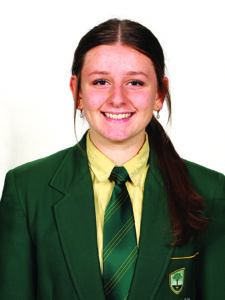
Mikayla Virgara
The Gurney brothers were granted a 99-year lease on the property and Koonalda Station ran sheep, with up to 10,000 head at one stage. Cyril married Audrey and they had six children. Besides managing the station they would also serve petrol to the ever-increasing travelling public and established a small shop selling souvenirs to raise money for the Bush Church Aid Society.
Like Madison, Thomas had a family connection to his subject, researching his great-great uncle Ronald (Rocky) Leslie Stone.
Advertisement
Posted to the 2/10th Field Workshop, presumably following the 2/10th Field Regiment, Rocky worked on artillery and maintenance of weapons and vehicles in Singapore. After the fall of Singapore he was one of 15,000 Australians taken as a Japanese prisoner of war. He was kept in the notorious Changi prison and worked on the Thai-Burma railway.
Recovered in September 1945, Rocky returned to Australia, left the Army and eventually relocated to Mount Gambier for work.
To view biographies on the Virtual War Memorial Australia go to vwma.org.au



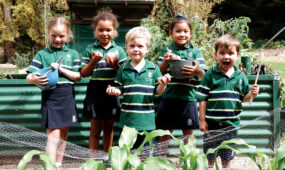

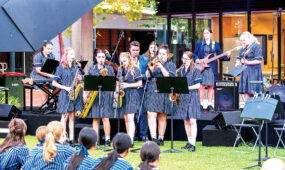
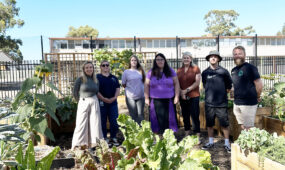

Comments
Show comments Hide comments